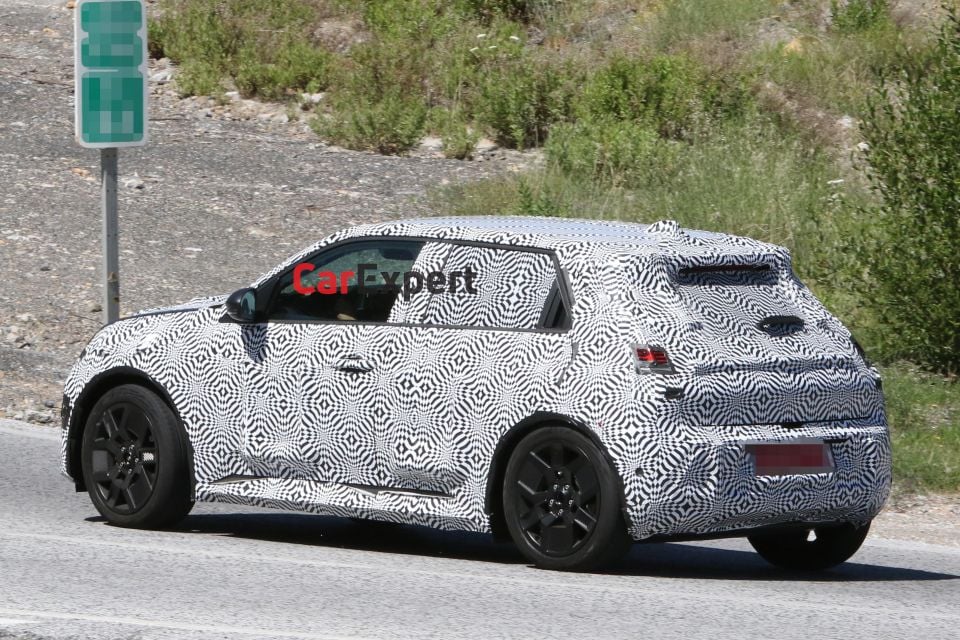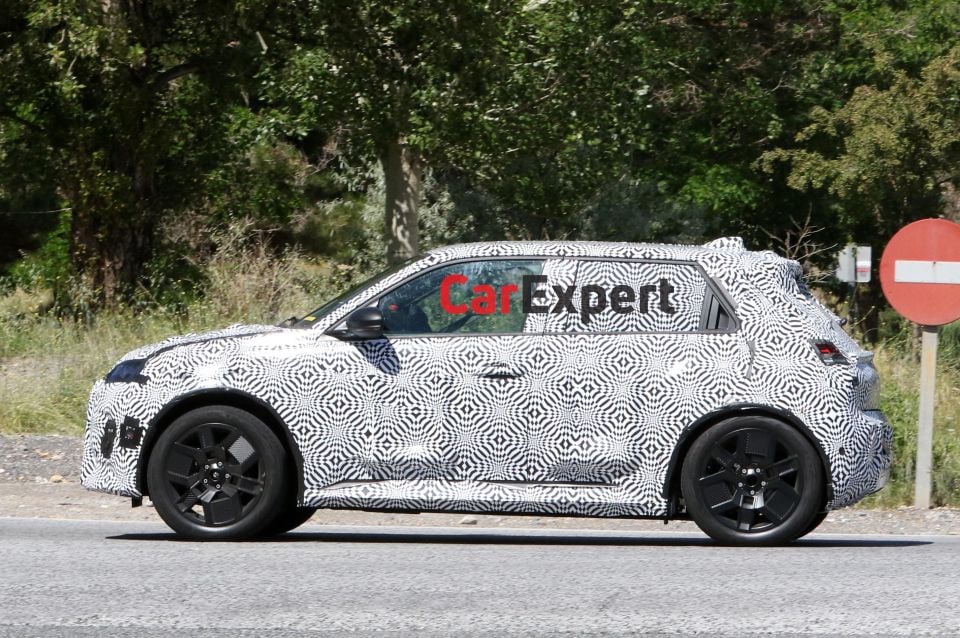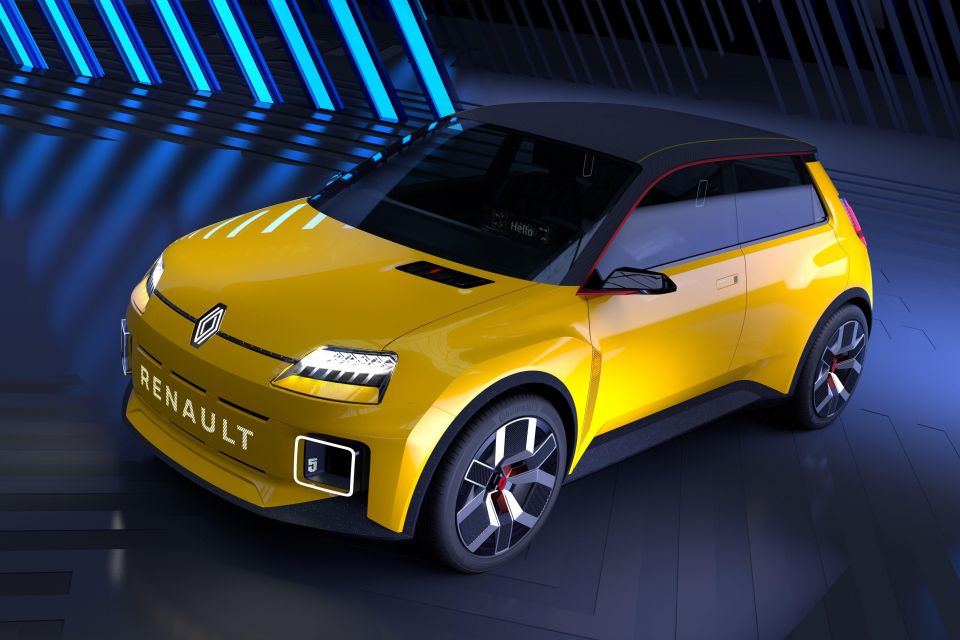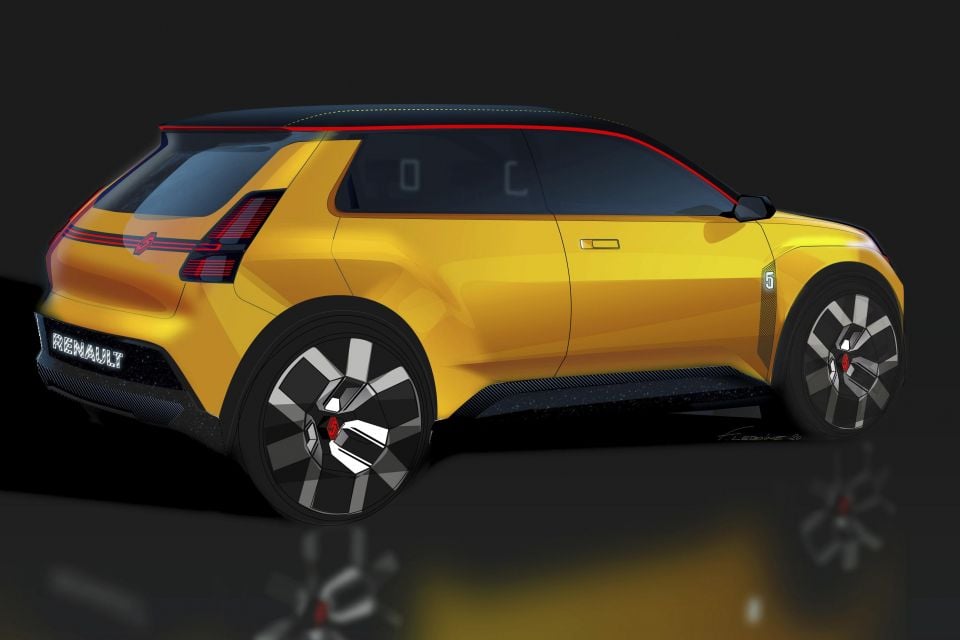

William Stopford
The cars axed in 2025 that we'll miss the most
6 Minutes Ago

News Editor
The 2021 Renault 5 electric concept was a retro-futuristic take on one of the brand’s most famous city cars, and in good news the production version will look largely the same.
Spy photos of the production 5, set to launch in 2024, show it has the same angular body but with some detail changes.
For example, the front doors have conventional handles, while the rear doors appear to have C-pillar-mounted handles. Notably, this prototype appears to have production headlights and tail lights, though they’re partially camouflaged.
The new 5 will be the first car to use the Renault-Nissan-Mitsubishi CMF-B EV architecture, and is said to share around 70 per cent of its components with the CMF-B platform that underpins the Renault Arkana, Clio and Captur, as well as the Nissan Juke and others.

It’s claimed this parts commonality makes the new Renault 5 EV around 30 per cent cheaper to produce than the Zoe it will replace.
CMF-B EV will serve as the basis for the next-generation Nissan Micra in Europe, as well as production versions of the 4Ever Trophy and Alpine A290 concepts.
Under the bonnet of the 5 is an electrically excited synchronous motor that’s said to be more powerful than a permanent magnet design, and doesn’t require any rare earth metals, making it cheaper and cleaner to produce.
Living with the motor is a DC/DC converter for the 400V main battery, the battery charger, and a power distribution box. The new drivetrain is about 20kg lighter than the one employed by the outgoing Zoe.

Last year Renault revealed one of the 5’s drivetrain options will be known as the ePT-100kW, indicating its power output. The larger Megane E-Tech Electric uses a unit known as the ePT-160kW.
In the floor of the passenger compartment is the Renault 5’s battery pack. While the French automaker has yet to reveal the battery capacities to be offered in the new city car, it says the new design, which utilises four large modules rather than 12 smaller ones, is 15kg lighter and takes up “less space to transport more kWh”.
The largest battery offered in the Zoe is a 52kWh unit, which is good for a WLTP driving range of 395km.
Finally, Renault claims the new 5 will be a “benchmark for its segment in terms of driving pleasure”. This is partially down to the various weight saving measures detailed above, but also the car’s new multi-link rear axle.


Should the production 5 come here, it mightn’t touch down until 2025.
“We will take it if they make it in right-hand drive, we have our hand up. Then it’s, will they make the additional investment to engineer the car for [Australian Design Rules] in Australia?” Renault Australia boss Glen Sealey told CarExpertearlier this year.
“The reality is that, say it costs you three million euros to engineer that car for Australia or spend that for another spec for that car in Europe that will give them a better return, so it’s about allocation of final resources.”
Where expert car reviews meet expert car buying – CarExpert gives you trusted advice, personalised service and real savings on your next new car.
William Stopford is an automotive journalist with a passion for mainstream cars, automotive history and overseas auto markets.


William Stopford
6 Minutes Ago


Matt Campbell
8 Hours Ago


Max Davies
1 Day Ago


William Stopford
1 Day Ago


Derek Fung
1 Day Ago


Max Davies
1 Day Ago